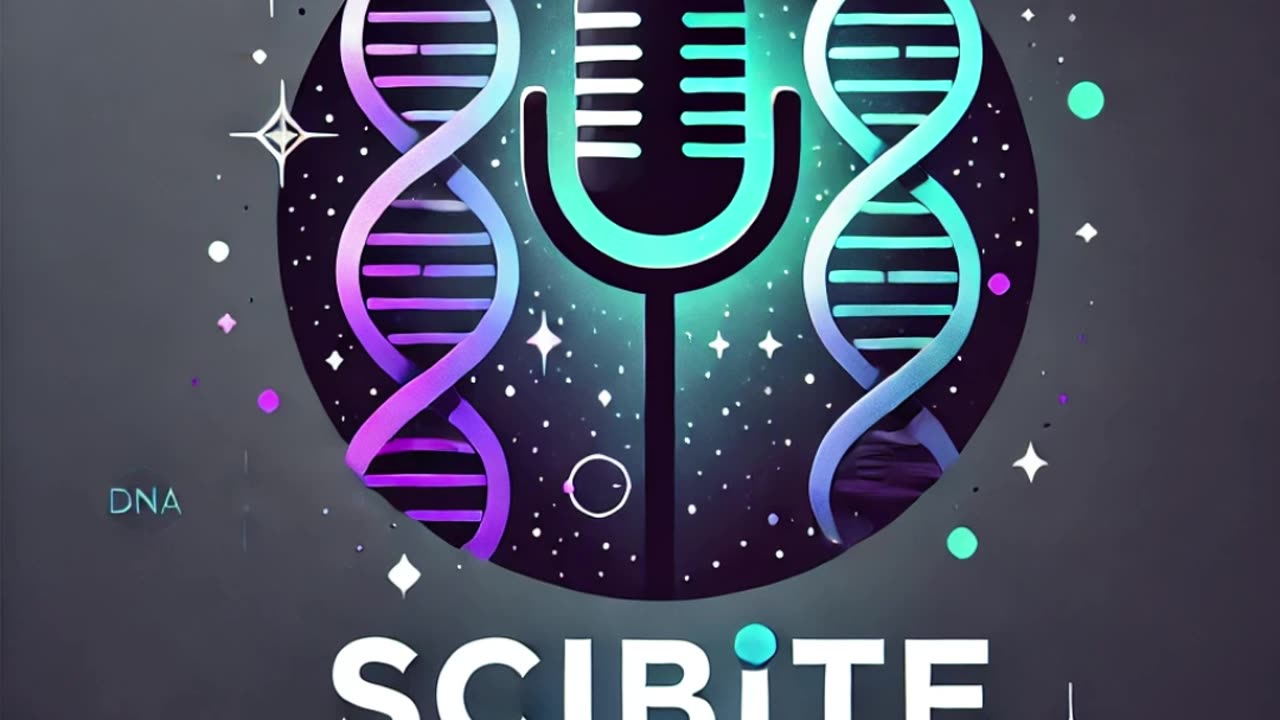Premium Only Content

🚀 Toward Quantum Advantage: Qunova’s HiVQE Algorithm Transforms Quantum Chemistry 🚀
🌟 Key Points: 🌟
- Qunova Computing has successfully tested its HiVQE algorithm on multiple quantum devices, achieving chemical accuracy crucial for chemistry applications, indicating a potential quantum advantage with as few as 40-60 qubits.
- This breakthrough significantly narrows the gap to achieving a quantum advantage in chemistry, offering the potential to revolutionize how we approach complex chemical problems with quantum computing.
🌟 Groundbreaking Results in Quantum Computing: 🌟
- Qunova Computing, a company developing quantum software for the chemical, pharmaceutical, and industrial engineering sectors, has achieved unprecedented levels of accuracy in tests on three different Noisy Intermediate-Scale Quantum (NISQ) era quantum computers.
- The algorithm produced results with an accuracy below the 1.6 millihartrees threshold required for practical quantum chemistry applications, a standard referred to as ‘chemical accuracy’.
- This is the first time such accuracy has been reached on a commercially available quantum computer.
🌟 Pioneering Achievements Demonstrated Live: 🌟
- Qunova demonstrated chemical accuracy using a 20-qubit IQM machine at the Quantum Korea 2024 event, producing energy estimations of three different geometries of lithium sulfide (Li2S) for an hour each day, live at the event.
- In a 24-qubit experiment using an IBM Quantum Eagle processor, Qunova achieved a computational accuracy of 0.1 millihartrees in modeling the ground state energy of lithium sulfide, well beyond the required chemical accuracy.
- The company also achieved comparable results using the IBEX Q1 quantum computer, an ion-based machine from AQT that supports up to 20 qubits.
🌟 Hardware-Agnostic Algorithm Performance: 🌟
- The quantum algorithm Qunova has developed is hardware-agnostic, performing successfully on a range of different molecules including lithium sulfide, hydrogen sulfide, water, and methane.
- These results indicate that the algorithm can be applied across various quantum hardware platforms.
🌟 Industry Partnerships and Future Applications: 🌟
- Qunova’s achievements mark a significant milestone for end-users aiming to use quantum hardware for applications in chemistry.
- IQM Quantum Computers and AQT provided the hardware for these demonstrations, highlighting the reliability and value of their quantum systems.
- The results show that Qunova’s solution is truly hardware-agnostic, an impressive achievement that accelerates quantum discovery and makes this transformative technology readily available.
🌟 A New Era of Quantum Efficiency: 🌟
- Unlike simulations done on classical computers using traditional Variational Quantum Eigensolvers (VQEs), which are not scalable, Qunova’s HiVQE solution functions on all types of quantum computers and provides computational accuracy sufficient for advanced chemistry computations.
- The HiVQE algorithm reduces the computational resources required to compute these problems by 1,000 times or more, compared with traditional VQEs.
- Qunova estimates that its algorithm has the potential to deliver a quantum advantage for chemical computations over classical computers using a NISQ machine with as few as 40-60 qubits.
🌟 Key to the Breakthrough: 🌟
- The breakthrough was achieved by developing a computational method that avoids carrying over errors in the quantum computing procedure.
- “Pauli word measurements” were removed from the traditional VQE algorithm to simplify problems and harvest only essential data related to the orbitals of each molecule.
- These outcomes were then fed into classical machines to calculate the result with the lowest energy very quickly, enabling chemical accuracy to be achieved and allowing computations to run 1,000x more efficiently.
🌟 Future Research: 🌟
- Qunova’s team will spend the coming months preparing experiments to confirm if their theory of achieving a quantum advantage with 40-60 qubits is correct.
- This research could lead to advancements in cooling technologies and energy efficiency in quantum systems.
🌟 Reference: 🌟
- “Thermodynamics of the Quantum Mpemba Effect” by Mattia Moroder, Oisín Culhane, Krissia Zawadzki, and John Goold, 4 October 2024, Physical Review Letters.
- DOI: 10.1103/PhysRevLett.133.140404
#QuantumComputing #Qunova #HiVQE #QuantumChemistry #Technology #Innovation #Science #Research #QuantumAdvantage #ChemicalAccuracy #NISQ #IBMQuantum #IQM #AQT #QuantumEfficiency #FutureTech #Breakthrough
📚 Interested in learning more? Check out these amazing science books and resources on Amazon that I've handpicked for you! Dive deeper into the subject and expand your knowledge. 📚
🛍️ Shop my recommendations: https://amzn.to/3AuBl1r
💡 Remember, when you purchase through my link, you're supporting my channel and helping me create more engaging science content for you! It doesn't cost you anything extra, but it means a lot to me. 😊
⬇️ Don't forget to:
Like this video if you enjoyed it!
Subscribe for more bite-sized science content!
-
 LIVE
LIVE
LFA TV
10 hours agoALL DAY LIVE STREAM - 4/28/25
1,233 watching -
 LIVE
LIVE
Welcome to the Rebellion Podcast
19 hours agoHe Wore a Blue Suit - WTTR Podcast Live 4/28
2,975 watching -
 LIVE
LIVE
Game On!
16 hours ago $1.87 earnedMel Kiper believes Shedeur Sanders will WIN a SUPER BOWL for the Browns!
1,288 watching -
 LIVE
LIVE
BEK TV
2 days agoTrent Loos in the Morning 4/28/2025
574 watching -
 9:20
9:20
Tactical Advisor
1 day agoNew Shadow 2 Carry | CZ Compact Upgrade (FIRST LOOK)
102K23 -
 14:05
14:05
WhaddoYouMeme
18 hours ago $1.78 earnedThe Dangerous Lie He Told MILLIONS About Christianity
22.9K26 -
 15:47
15:47
Film Threat
12 hours agoSTAR WARS EPISODE III: REVENGE OF THE SITH RE-RELEASE | Film Threat Review
16.5K2 -
 6:01
6:01
MudandMunitions
14 hours agoGriffin Armament 3X Prism Sight GPS3X Review & Range Test NY LEGAL AR-15 DIALED IN
12.1K2 -
 4:53
4:53
The Official Steve Harvey
14 hours ago $0.46 earned🎬 🤣 🎙️ Stay ready so you ain’t gotta get ready! 🔥 Watch Steve keep it ALL the way real on Prime Cuts
16.2K6 -
 11:34
11:34
Mrgunsngear
1 day ago $10.99 earnedSiege Suppressors ROC556 Low Backpressure Silencer Review 🤫
90.6K12